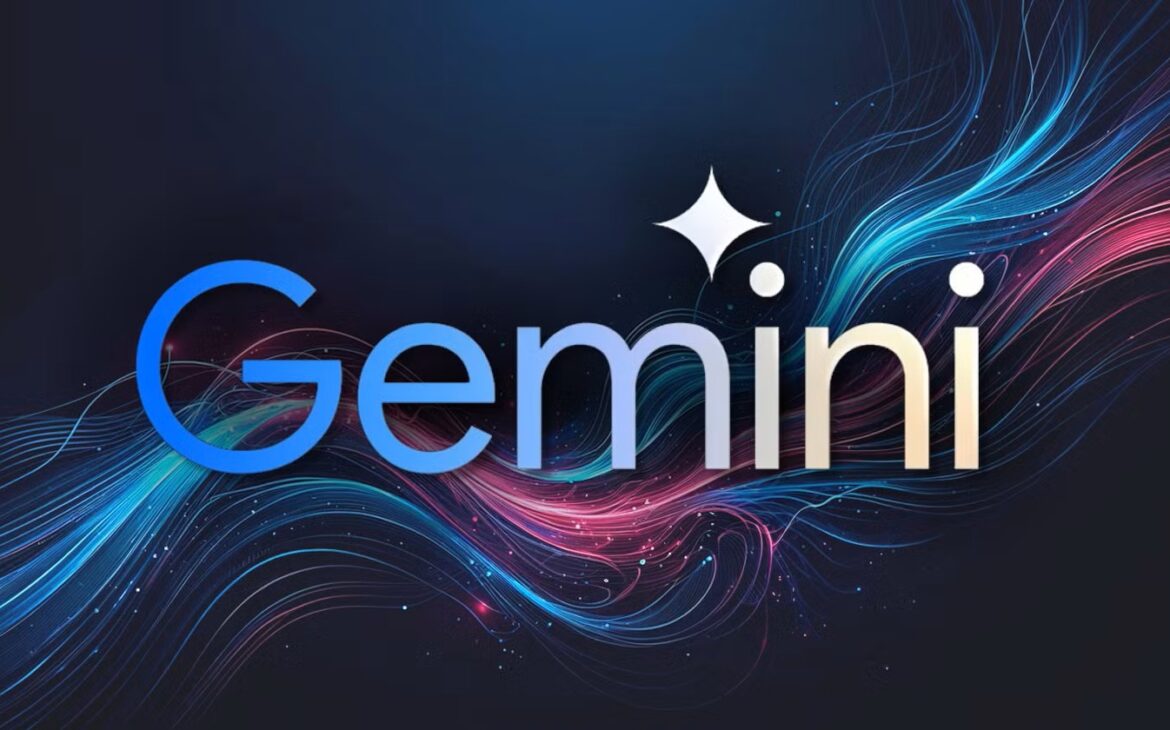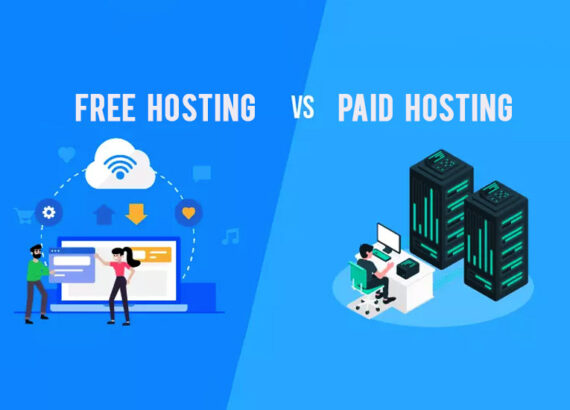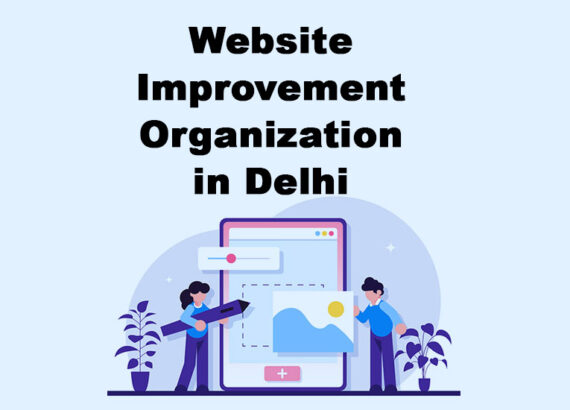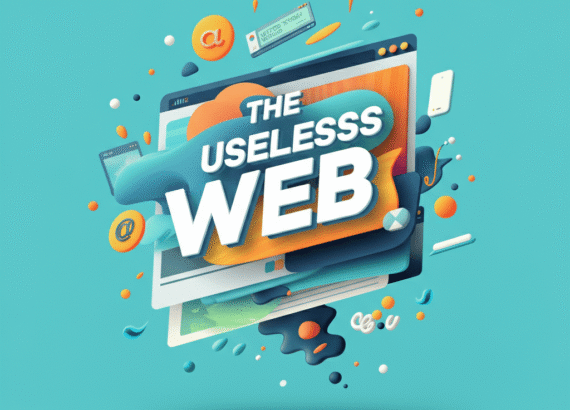Previously, you used to Google something and click through a few links. That was the rhythm of the web. But now? The answer is just there—right in front of you—summarized, clean, and oddly robotic. There is no need to explore. No need to visit a website. And while this sounds convenient for users, it’s causing panic behind the scenes, especially in the news world. Yes, we are talking about Google’s new AI tools (Overviews and AI Mode).
This shift is so concerning for blogging and news websites, and Google, once the web’s greatest traffic driver, has become a black hole for them. Let’s understand what the situation is right now!
The Downfall of Clicks
Google’s AI-powered search tools, especially AI Overviews, have completely reshaped how we interact with search results. The problem here is that they don’t lead users to websites anymore. They serve answers straight away, often by scraping information from those very same websites.
It’s happening so wrong – spending hours crafting a well-researched article, only to see Google pluck out a summary of your work and flash it as the definitive answer. No credit. No click. No reward. That’s what publishers are facing right now. We’re officially in the age of zero-click searches—and for content creators, marketers, and especially news outlets, it’s shocking and upsetting.
What Exactly Is AI Overviews, and Why Is It So Disruptive?
Google’s AI Overviews are little boxes that appear above your regular search results. They use generative AI to answer your question using content from multiple sites, but they don’t always cite or link clearly.
These AI responses are neat, tidy, and often accurate, but they’re also gatekeepers. Instead of being a bridge to your website, they act more like a toll booth that lets nobody pass.
Then came AI Mode, a full AI-powered assistant that interacts like ChatGPT, giving human-style answers without needing to link you out. In short, Google no longer just leads you to the answer—it becomes the answer.

Knowing the Numbers
The traffic data is alarming, and you might need to worry! Websites—especially news ones—are seeing their search traffic fall off a cliff. Business Insider’s CEO said it loud and clear: “The traffic drop was extreme and beyond our control.” They’ve already laid off about 20% of their team. Other media giants like The New York Times, HuffPost, The Washington Post, and Vox have all reported similar declines. SEO used to be the backbone of their visibility. Now, even if you rank first, your article might be buried beneath AI summaries. Some publishers report a 30–70% drop in their organic search traffic in just the past year.
For smaller publications, this is disastrous. For larger ones, it’s existential.
SEO Was the Lifeline, But Now It’s Barely a Pulse
Well, Search Engine Optimization (SEO) has long been the trusted method for getting discovered online. It was fair; if you made great content and followed the rules, you could get traffic. But AI changes the game. The rules have shifted entirely. You can still write that perfect article, but if Google’s AI decides to answer a user’s question using your content without credit or a link, you’re invisible. The effort feels hollow.
Blogging and news articles are a great way to seek attention and drive traffic to your website, especially for brands that want to grow online. But this AI overview system is willing to destroy that hope!
While news outlets are screaming the loudest, other industries are feeling the tremors, too. Travel bloggers, health websites, recipe sites, and product reviewers—entire business models built around organic search are faltering. When users no longer need to click to get the answer, monetization collapses. Affiliate links don’t get clicked. Ads aren’t seen. Lead magnets don’t convert.
Trust issues and factual errors in AI summaries
To make matters worse, AI-generated answers aren’t always reliable. Sometimes, it can mislead too with wrong information. AI doesn’t really cross-check the information it shares, and for those who’ve started relying on AI overviews, this warning is for you. Though error rates are estimated at around 1.8%, the consequences for trust are serious.
Rethinking SEO: Rise of AEO and GEO
What is AEO?
Answer Engine Optimization (AEO) focuses on structuring content—Q&As, bullet points, schema markup—to rank within AI Overviews, not just traditional SERPs.
GEO: Generative Engine Optimization
Academic research calls for GEO, guiding publishers to optimize visibility in AI-generated answers. It’s a newer concept focused on optimizing for AI-generated content systems. Again, it’s an educated guess. The outcome is that content stands a chance of being used in generative summaries.

Strategies for adapting in the AI era
1. Embrace AEO and optimize for AI answers: Create concise, objective, structured content designed for AI parsing—FAQ boxes, definitional subheads, and short, clear responses.
2. Build authority & EEAT signals: AI engines favour trusted, authoritative sources. Build expertise and citations to rank higher in Overviews.
3. Diversify traffic sources: Rely less on search and prioritize email newsletters, social, YouTube, podcasts, and offline events.
4. Monetize loyal audiences: Hybrid revenue models like subscriptions, memberships, events, and licensing content to AI platforms (e.g., partnerships with OpenAI/Amazon).
5. Legal action & licensing: Publishers like the NYT and WSJ have launched lawsuits or licensing agreements over content use in AI models.
Conclusion
Concluding things up: SEO isn’t dead, but it needs to integrate with AEO/GEO. You can expect 20–40% and, in many cases, 40-70% lower search volumes by 2026 for SEO-reliant brands. AI answer engines dominate, but issues persist. Factual errors and hallucinations remain a challenge—human creativity is still needed.
Follow Nextr Technology for more such alarming updates!
Thank you for reading
Buy Web Hosting at an affordable price: Buy Now.
If you want to build your website at an affordable price, contact www.nextr.in
Read this: How AI is Changing Education


















